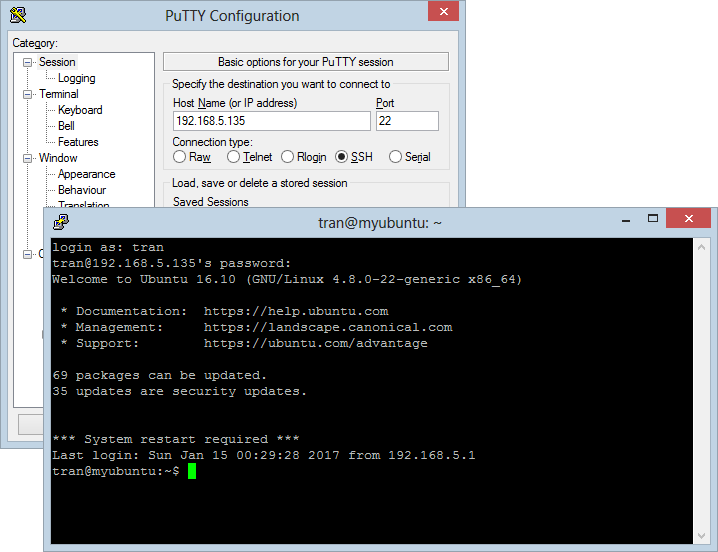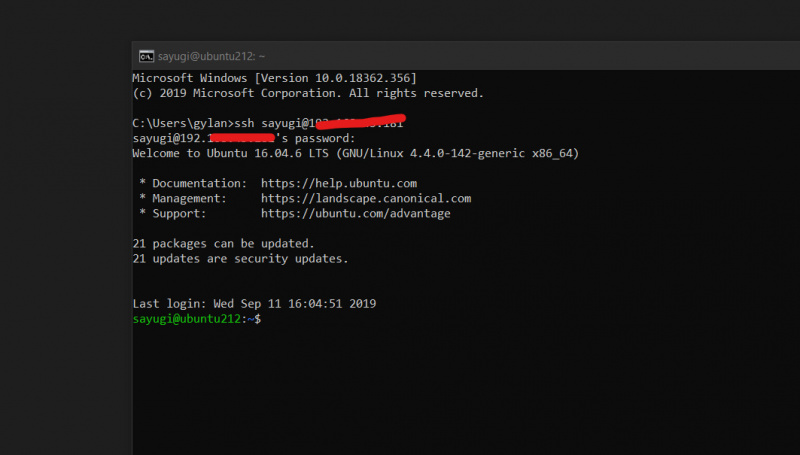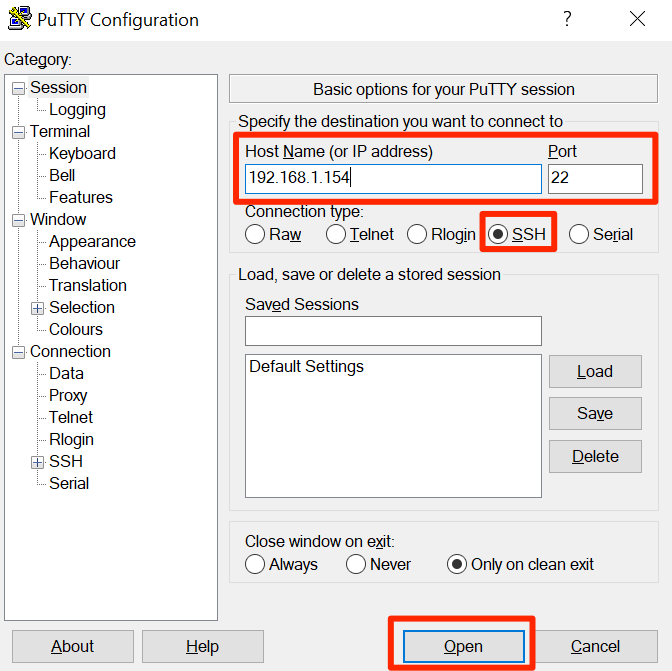

If you have Linux or Mac, you will just have to open a terminal window and type a command like: PuTTY can use single-DES to interoperate with these servers if you enable the ‘Enable legacy use of single-DES in SSH-2’ option by default this is disabled and PuTTY will stick to recommended ciphers.During the practicals, we will need to connect via ssh from your laptop to remote clusters, and sometimes open graphical windows. Single-DES is not recommended in the SSH-2 protocol standards, but one or two server implementations do support it. As a result you may get two warnings similar to the one above, possibly with different encryptions. In SSH-2, the encryption algorithm is negotiated independently for each direction of the connection, although PuTTY does not support separate configuration of the preference orders. By default, PuTTY supplies a preference order intended to reflect a reasonable preference in terms of security and speed.

Typically you would put the ‘warn below here’ line between the encryptions you consider secure and the ones you consider substandard. This warns you that the first available encryption is not a very secure one. Is single-DES, which is below the configuredĭo you want to continue with this connection? If the algorithm PuTTY finds is below the ‘warn below here’ line, you will see a warning box when you make the connection: Single-DES - 56-bit CBC (see below for SSH-2).Triple-DES - 168-bit SDCTR (SSH-2 only) or CBC.Blowfish - 256-bit SDCTR (SSH-2 only) or 128-bit CBC.Arcfour (RC4) - 256 or 128-bit stream cipher (SSH-2 only).AES (Rijndael) - 256, 192, or 128-bit SDCTR or CBC (SSH-2 only).ChaCha20-Poly1305, a combined cipher and MAC (SSH-2 only).PuTTY currently supports the following algorithms: When you make an SSH connection, PuTTY will search down the list from the top until it finds an algorithm supported by the server, and then use that. You can do this by dragging the algorithms up and down in the list box (or moving them using the Up and Down buttons) to specify a preference order. PuTTY supports a variety of different encryption algorithms, and allows you to choose which one you prefer to use.

Previous page next page 4.21 The Cipher panel


 0 kommentar(er)
0 kommentar(er)
